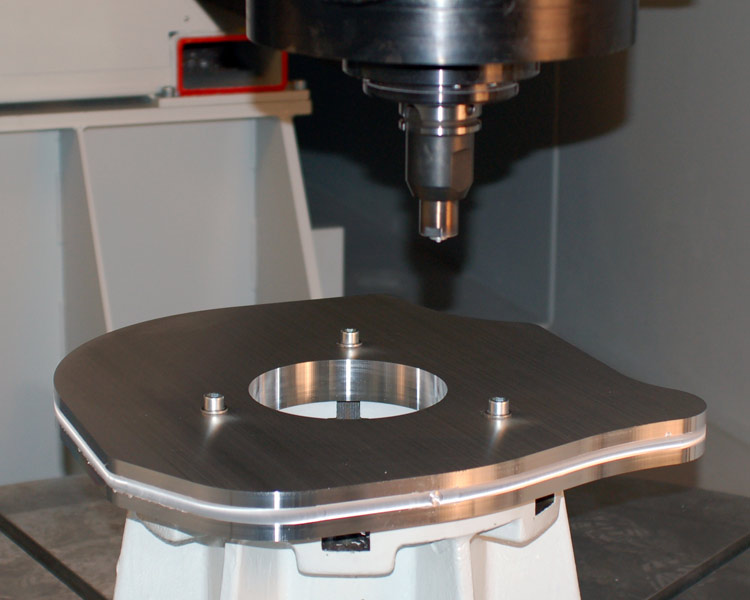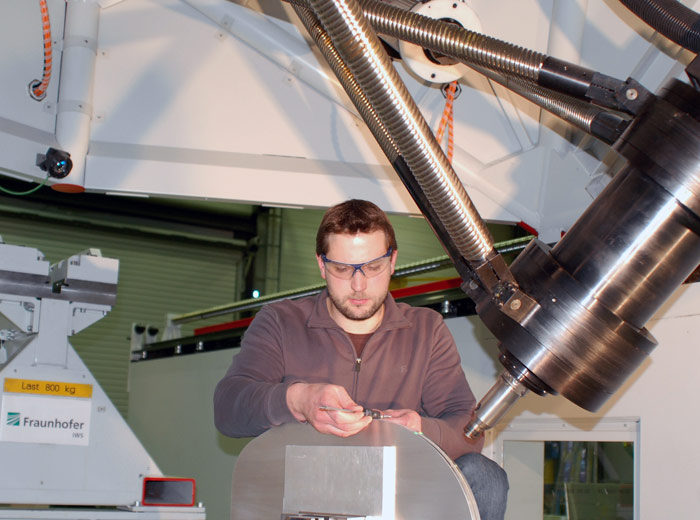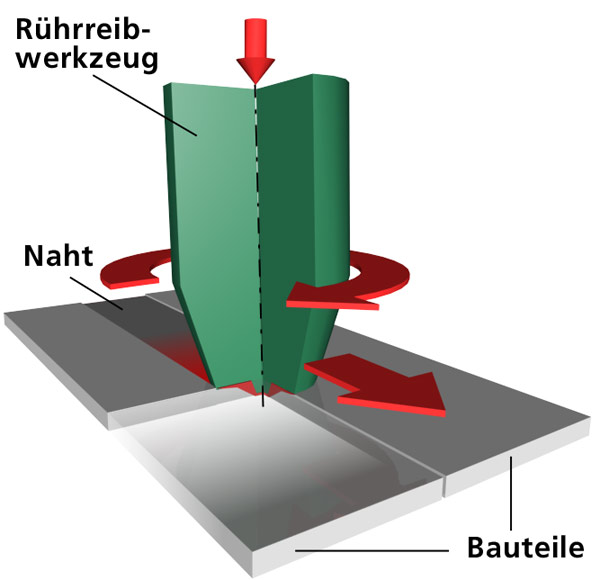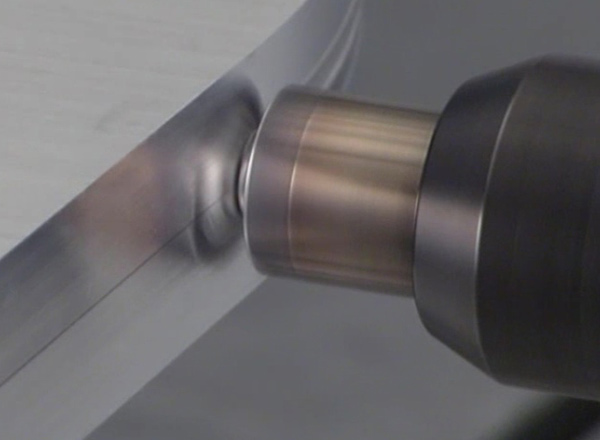Task
Melt based welding processes of spatially curved aluminum structures are state-of-the-art. However, these processes cannot be applied for alloys prone to crack formation and material combinations with a low capacity for handling cyclic loads. In these cases friction stir welding presents a promising alternative.
A challenge, however, is the capability to weld along a three-dimensional path. The process requires a very high control of the welding position and a very stiff welding machine, which makes it difficult to weld large parts. The objective therefore is to develop a cost efficient machine concept for the industrial friction stir welding of larger parts.
 Fraunhofer Institute for Material and Beam Technology IWS
Fraunhofer Institute for Material and Beam Technology IWS


